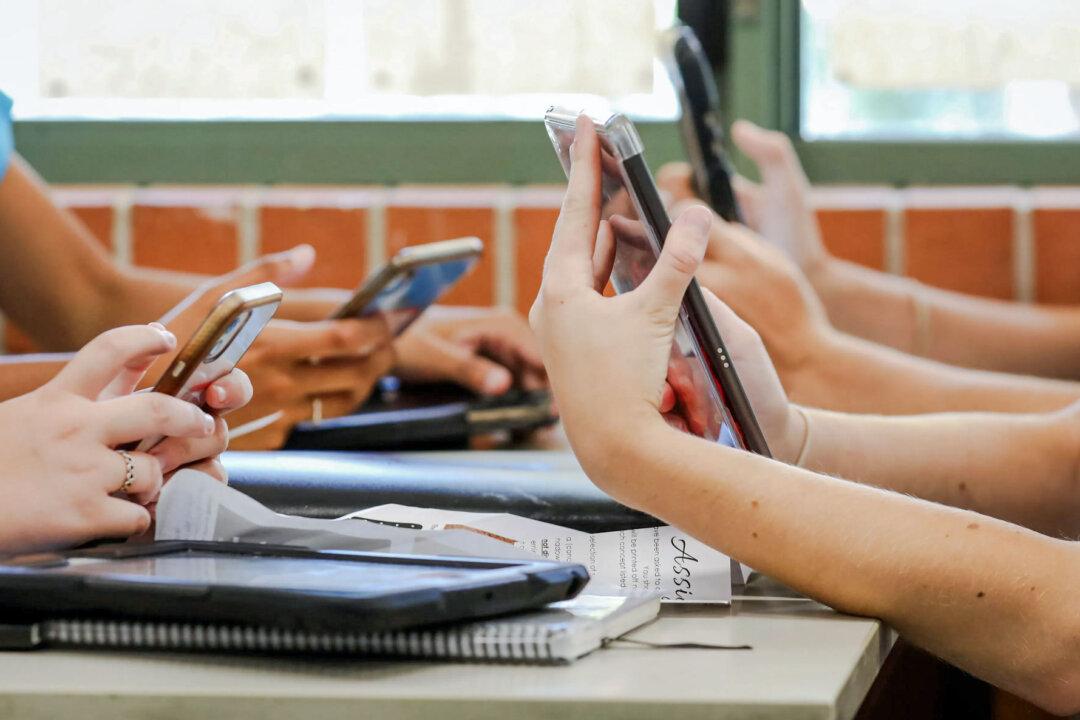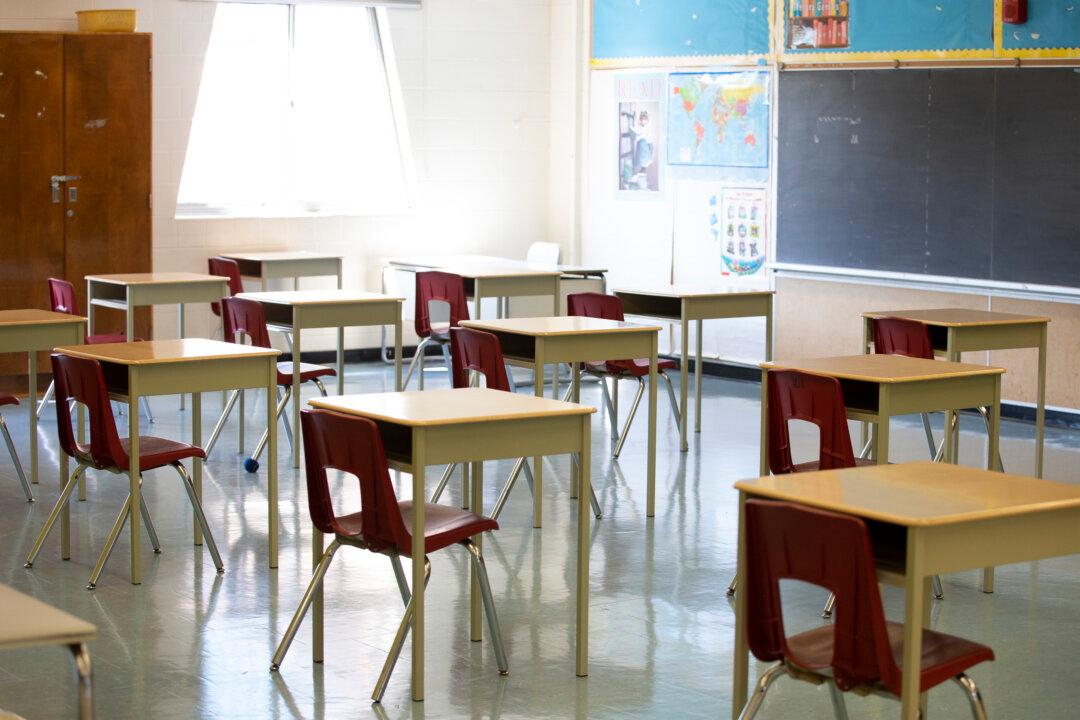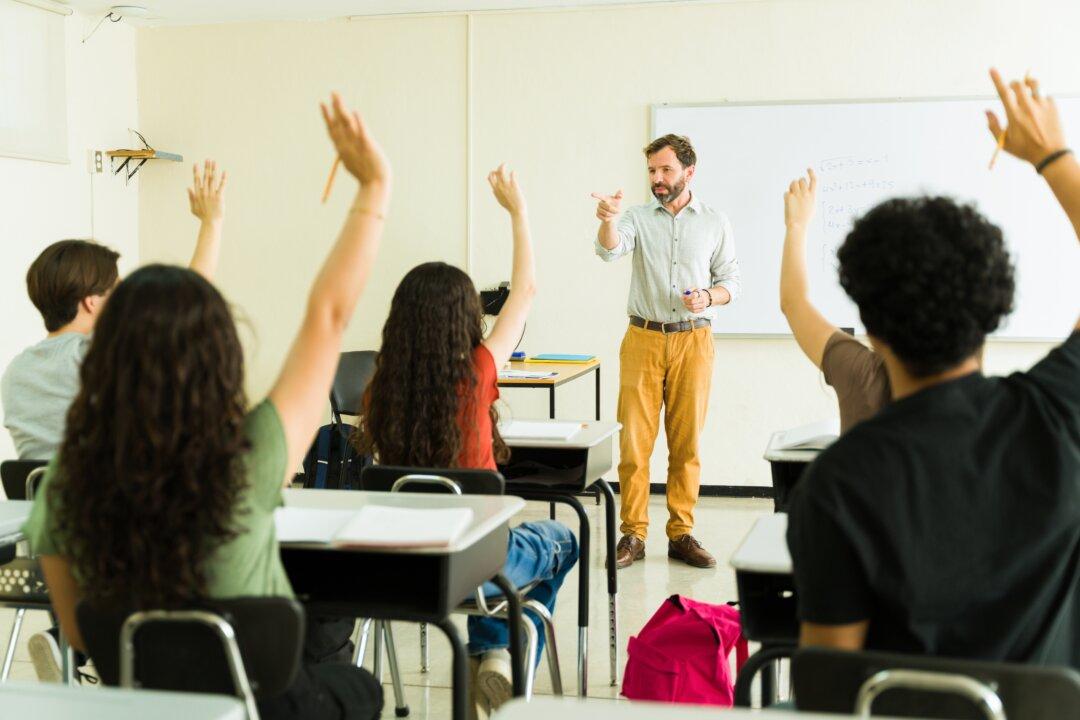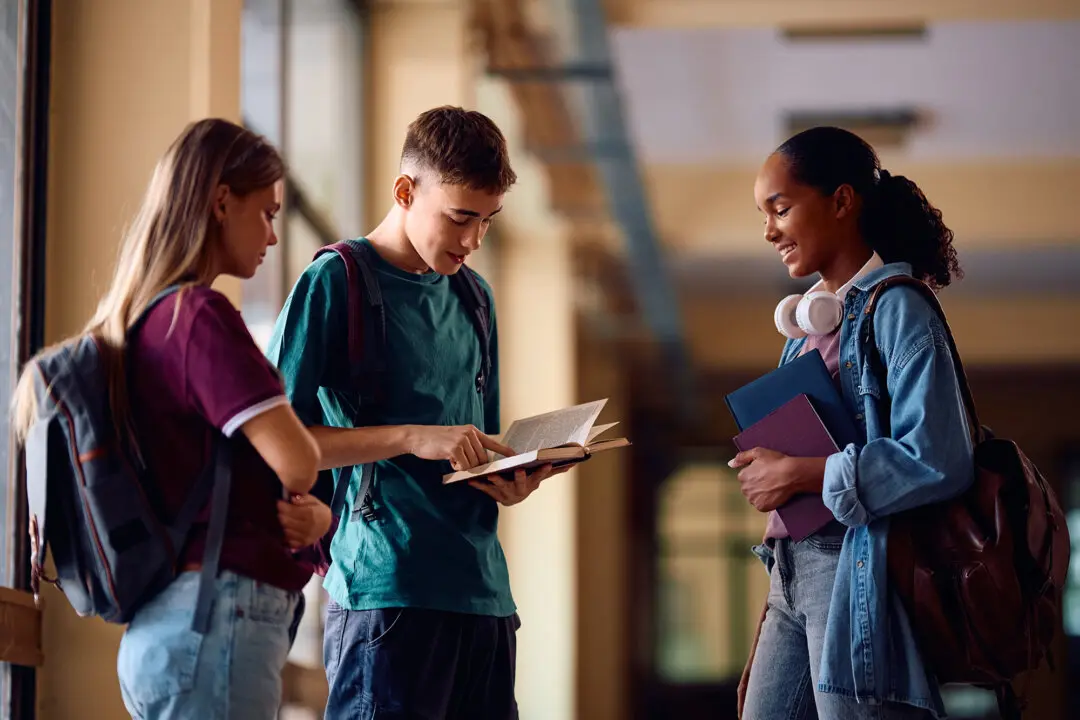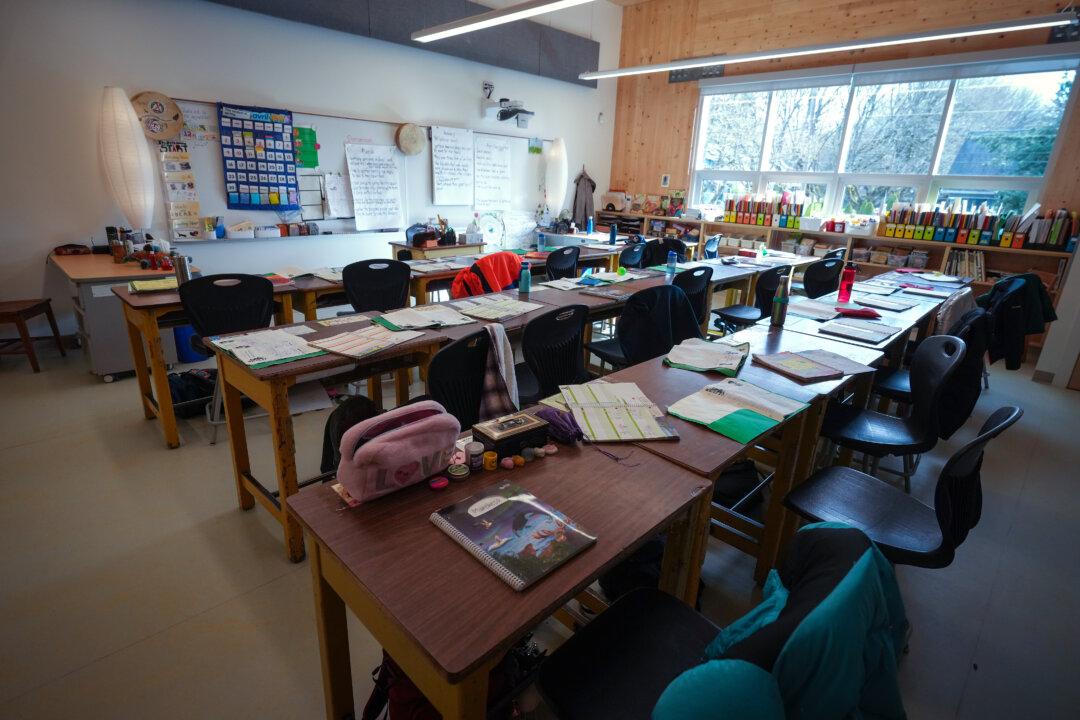Commentary
In Canada, Newfoundland and Labrador often does things last even though the sun rises there first. In 1949, for example, it was the last province to join Confederation. And last week, it was the last province to enact province-wide restrictions on smartphones in schools.
